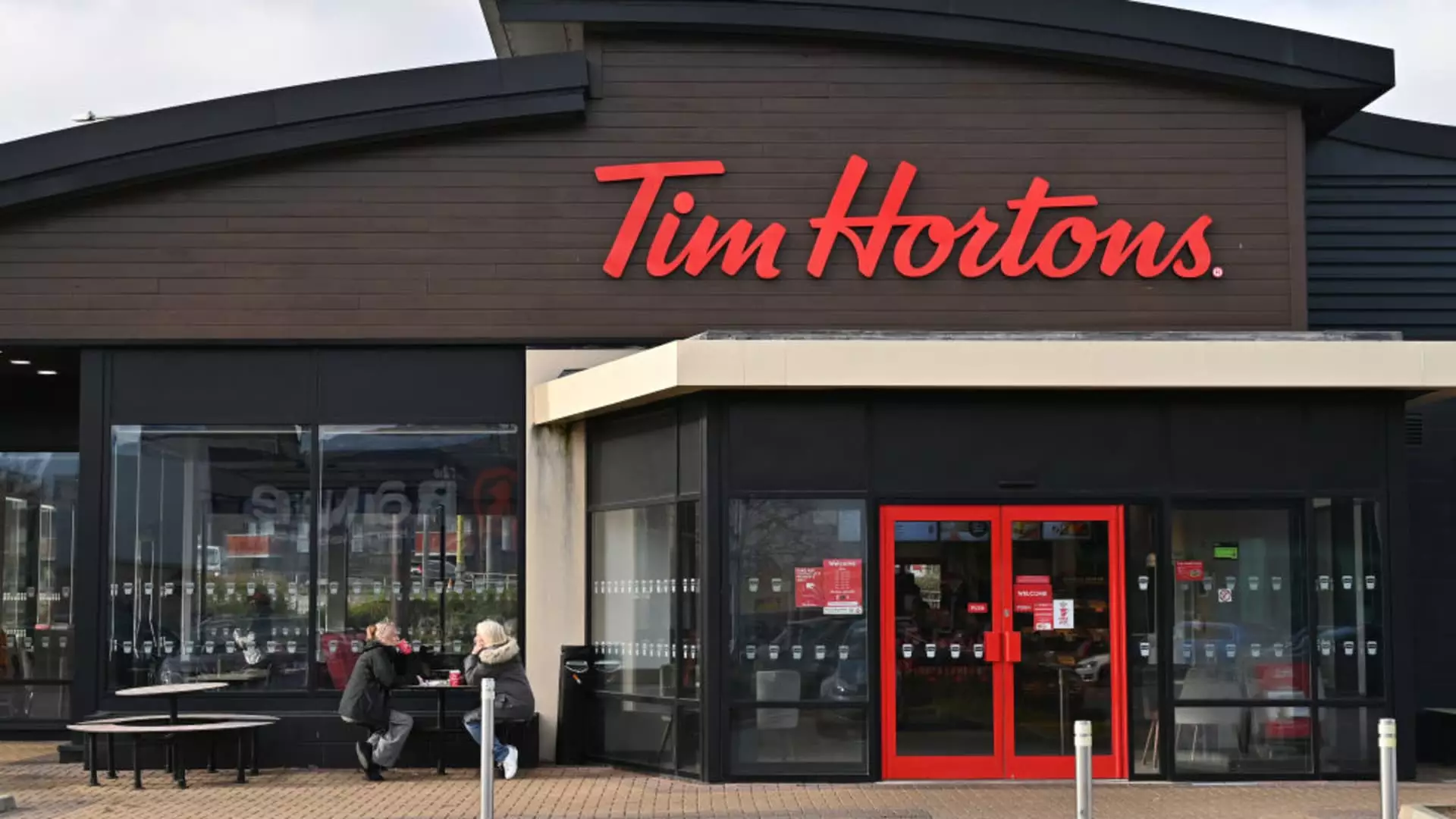Restaurant Brands International reported better-than-expected revenue for the quarter, driven by impressive sales at Tim Hortons and the company’s international restaurants. Despite this positive news, the earnings per share fell slightly short of analysts’ expectations. CEO Josh Kobza acknowledged the company’s solid performance relative to key competitors in major markets, but emphasized the need for improvement in absolute top-line results.
The company’s second-quarter net income reached $399 million, or 88 cents per share, representing an increase from the previous year. However, after excluding certain items, the adjusted earnings per share came in at 86 cents, slightly below the 87 cents expected by Wall Street analysts. Revenue for the quarter was reported at $2.08 billion, surpassing the estimated $2.02 billion.
Among the four chains under Restaurant Brands International, Tim Hortons stood out with a same-store sales growth of 4.6%. The chain’s efforts to attract more customers during the afternoon, including the introduction of flatbread pizzas and new coffee drinks, have been successful. On the other hand, Popeyes achieved a 0.5% increase in same-store sales, primarily driven by the popularity of its new boneless wings. Meanwhile, both Burger King and Firehouse Subs experienced a slight decline of 0.1% in same-store sales.
Burger King faces challenges in increasing sales and traffic, although the company continues to outperform similar quick-service restaurants. To address this issue, Burger King has introduced a $5 value meal to attract customers and drive profitability for franchisees. The company is optimistic about driving growth and making significant changes through its turnaround efforts.
Restaurant Brands’ international locations achieved a same-store sales growth of 2.6%, with strong performance in key markets such as Brazil, Australia, and Japan. Despite weaknesses in China and the Middle East, the company remains confident in its overall international strategy. Looking ahead, Restaurant Brands expects a same-store sales growth of approximately 2% for the second half of the year. The recent completion of the acquisition of Popeyes China will also contribute to the company’s future results.
While Restaurant Brands International demonstrated strong sales performance at Tim Hortons and its international locations, there are areas where improvement is needed, particularly in earnings and certain chains’ same-store sales. The company’s strategic initiatives, such as introducing new menu items and value meals, aim to address these challenges and drive continued growth. With a focus on innovation and customer satisfaction, Restaurant Brands International remains optimistic about its future prospects in the competitive fast-food industry.

